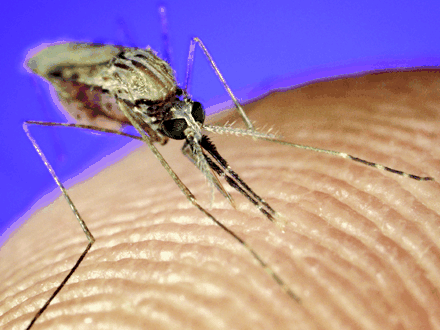
Air travel while pregnant or with a small infant, as well as going overseas and having a baby in a developing country, have their share of medical risks for mother and child.
Many parts of the world are prone to diseases such as encephalitis, typhoid, yellow fever, and malaria, all very damaging to the mother and the unborn child. Extra caution must be taken to avoid hepatitis.
Women with a history of thrombophlebitis, (blood clot and vascular inflammation of the great vessels of the legs), sickle cell trait and severe anemia should probably avoid flying during pregnancy.
Air travel with newborns up to 6 weeks should also be avoided because alveoli (air sacules in the lungs) are not completely functional yet. Infants are prone to pain with the collapse of the Eustachian tube with air pressure changes.
Airlines vary in their rules regarding pregnant patients, but none of them willingly do it past 36 weeks’ gestation. Most organizations, such as the U.S. military, recommend return to the U.S. by 32 weeks
If a pregnant woman can avoid traveling in the first 12 weeks of pregnancy, that is best. The first trimester is the time of fetal formation (organogenesis) and no medicines can be declared as having no effect on the formation.
Safe Air Travel
Below are recommended suggestions to make air travel more comfortable for the pregnant or nursing mother:
1. Where it is unavoidable, oxygen should be ordered in advance for severe forms of sickle cell and anemia.
2. Aisle seats at the bulkhead should be requested ahead of time. Exit rows give you more room as well, but the airline might decline you if they believe you would be unable to help in the event of an emergency landing.
3. Pregnant women should walk every half hour during flight, flexing and extending ankles.
4. Drink a lot of water to avoid dehydration.
5. Breastfeed or give the baby a bottle during take-off and landing. Consider giving the child Benadryl or a decongestant to help with breathing and to calm the child down.
Health and Safety Measures for the Pregnant Traveler
1.Coincide travel and a move overseas to a safe immunization schedule. Here is a list of immunizations and when they should given:
o Diphtheria and tetanus vaccine can be given after the first trimester.
o Polio vaccination can be given in the second trimester if the patient has never been immunized because there is a tendency for pregnant patients to get polio. Oral polio is no longer recommended in the U.S. because of gastrointestinal transmission of the virus to immune-compromised patients. They should be dosed at 0 and 30 days prior to travel.
o Hepatitis B & A vaccinations may be given in the second trimester.
o Pulmonary influenza vaccine should be given to a pregnant traveler prone to chronic respiratory disease.
o Measles, mumps and rubella vaccinations should NOT be given in pregnancy. Wait until after the the birth to travel.
o Yellow fever should NOT be given to a pregnant woman unless travel to an endemic area is ABSOLUTELY unavoidable. In this case, immunize in the second trimester. If at all possible travel in those areas should be avoided until after delivery. Breastfeeding, however, is not contraindicated. Yellow fever vaccination is generally NOT recommended in children under 2 years because of complications of encephalitis.
o Typhoid (oral vaccine) is not generally given to pregnant patients because of feverish reactions with adverse effects. It is not recommended unless the risk of typhoid in a MUST-travel area is unavoidable. Babies’ vaccine should be able to be given.
o Japanese encephalitis vaccine is not recommended in pregnancy at all. Avoiding travel in infected areas should be considered.
o Malaria-endemic areas require personal protective measures since no prophylaxis is 100% effective. So, stay indoors between dusk and dawn. If you have to go out, wear light-colored clothing with long sleeves, pantlegs, shoes and socks.
o To further avoid malaria, Permethrin-impregnated bed nets and electrical citronella coils should be used. Chloroquine and Progauonil have been used for decades by the British with no documented birth defects. First trimester is still a concern for any medications. Mefloquine has been given in the second trimester with no adverse effects. Breastfeeding mothers should take anti-malarials. Doxycyline should not be used in pregnancy except in a mother with acute malaria. Graying of teeth of the baby is the only known problem. Apparently graying of the bone also takes place but causes no proneness to fracture.
2. Be fiscally prudent by purchasing international health and travel insurance. Get a list of approved participating local doctors and clinics from your insurance company prior to your trip. Ensure that your travel insurance significantly covers medical evacuation should that be needed. Check ahead of time where you will be evacuated to, and research medical conditions in that country.

Source by Jeffery Gulleson
 Vitamin Agent The Health & Naturalistic Source
Vitamin Agent The Health & Naturalistic Source





